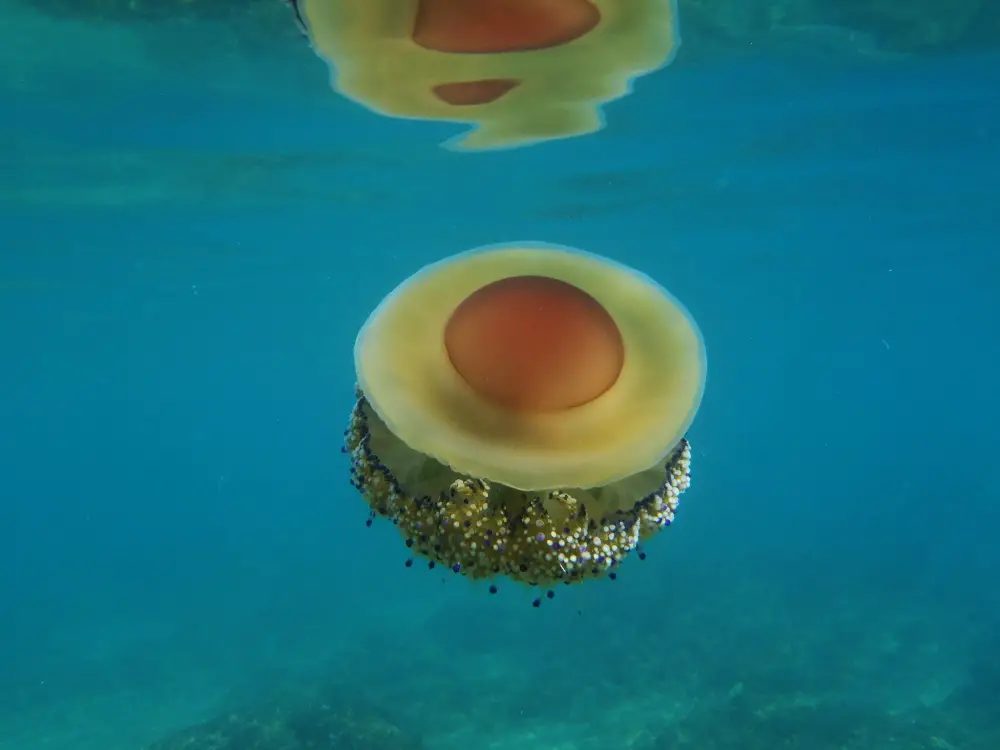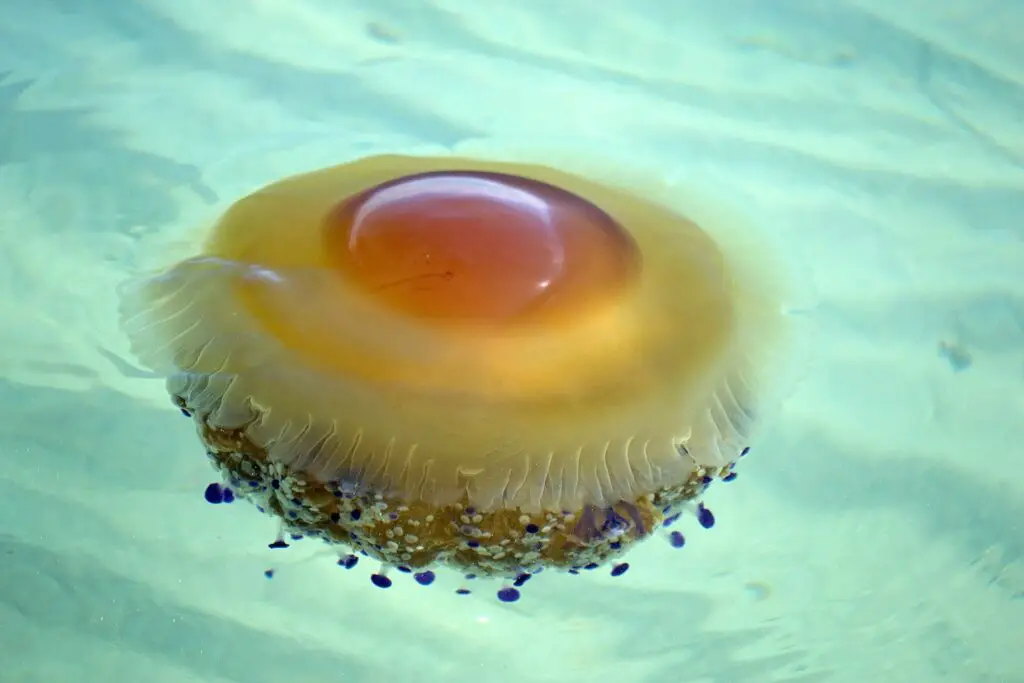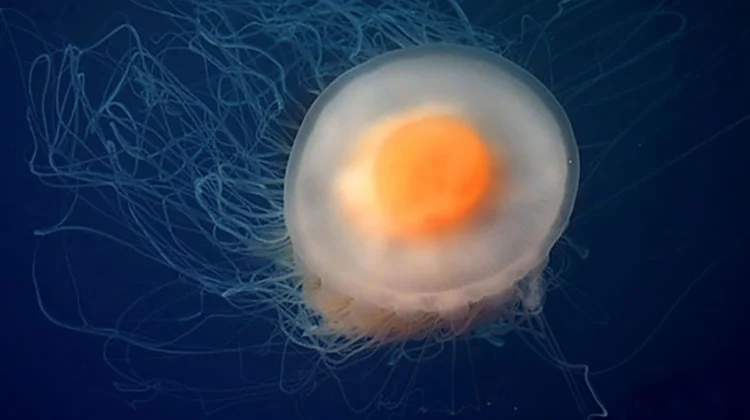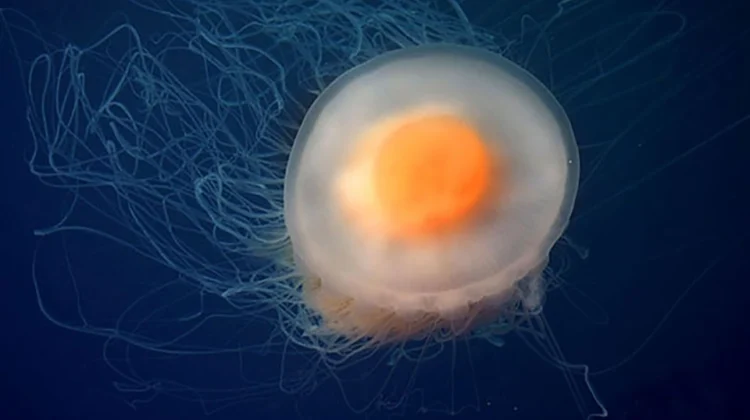The Fascinating Fried Egg Jellyfish: Nature’s Marine Poached Egg

In the vast and mysterious world of jellyfish, the fried egg jellyfish—often called egg-yolk jellies—stands out with its striking resemblance to a cooked egg. Despite its seemingly edible appearance, chewing on this Scyphozoa would be far from pleasant. Let’s dive into the intriguing features and ecological significance of these unique marine creatures.
What is a Fried Egg Jellyfish?

The fried egg jellyfish, scientifically known as Cotylorhiza tuberculata, is a jellyfish species that sports a smooth, transparent bell with a vivid yolk-yellow core, making it look remarkably like a fried egg. Found primarily in the warmer waters of the Mediterranean Sea, Aegean Sea, and Adriatic Sea, Cotylorhiza tuberculata can grow up to 16 inches (40 centimeters) in diameter, though most individuals are about 6.7 inches (17 centimeters). While these jellyfish mainly drift through the water, they are capable of vigorous swimming when needed.
Distinct Features of Fried Egg Jellyfish

This jellyfish has several unique characteristics. It features a cluster of small appendages that form a ball-like structure, with deep purple mouth-arm apertures used for capturing food. Its diet consists mostly of zooplankton and other jellyfish. Despite having a sting, the Cotylorhiza tuberculata‘s venom has little effect on humans. In fact, its mild sting allows small fish and even crabs to find refuge within its colorful tentacles.
Scientific Interest and Research
One of the most intriguing aspects of the fried egg jellyfish is its potential medical applications. Researchers are studying its specific cytotoxicity to explore possible treatments for breast cancer. This unique jellyfish could provide valuable insights into new cancer therapies.

The Larger Cousin: Phacellophora camtschatica
Another notable member of the egg-yolk jellyfish family is the much larger Phacellophora camtschatica. With a bell that can reach up to 2 feet (60 centimeters) in diameter and tentacles extending up to 20 feet (6 meters), this jellyfish also features a golden core resembling a poached egg. Unlike its smaller relative, Phacellophora camtschatica is found in the shallow waters of the Atlantic and Pacific Oceans, where it feeds on medusae and plankton.
Conservation and Ecological Impact
While the conservation status of fried egg jellyfish has not been assessed by the IUCN, their role in marine ecosystems is significant. Many marine species, including sea turtles, fish, and seabirds, rely on these jellyfish as a food source. However, pollution poses a serious threat. Marine animals often mistake plastic bags for jellyfish, leading to severe health issues or death if ingested.

To protect these fascinating creatures and their habitats, it is crucial to reduce plastic waste and prevent pollution in our oceans. By maintaining clean and healthy marine environments, we ensure the survival of not only the fried egg jellyfish but also the broader ecosystem that depends on them.
Learn More About Fried Egg Jellyfish
The fried egg jellyfish is a remarkable example of nature’s creativity and diversity. Its unique appearance and ecological role make it a subject of interest for both scientists and marine enthusiasts. To support the conservation of these and other marine species, remember to be mindful of your environmental impact and advocate for cleaner oceans.

Stay tuned for more fascinating insights into the marine world and the incredible creatures that inhabit it.




